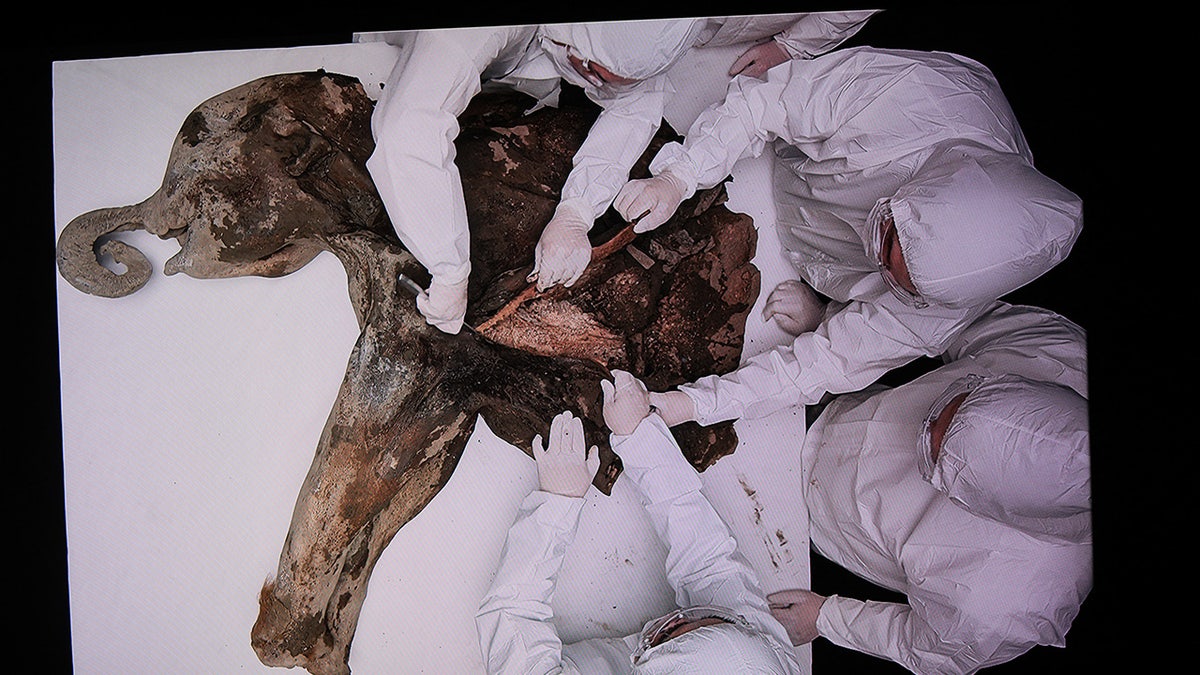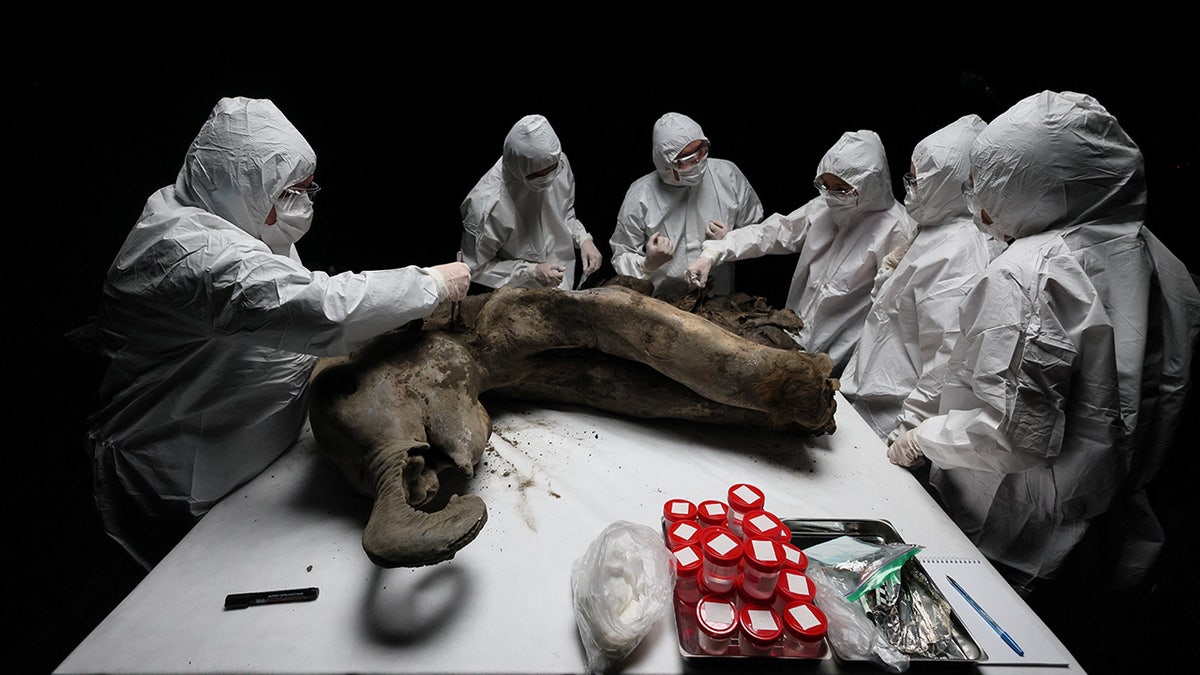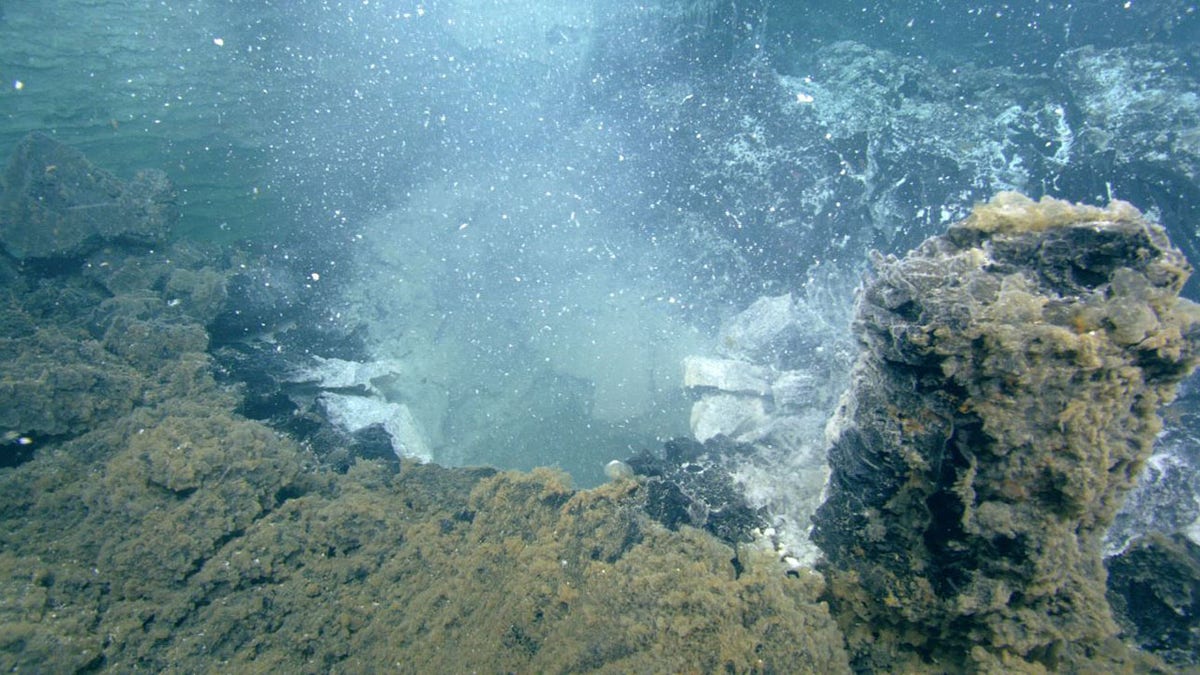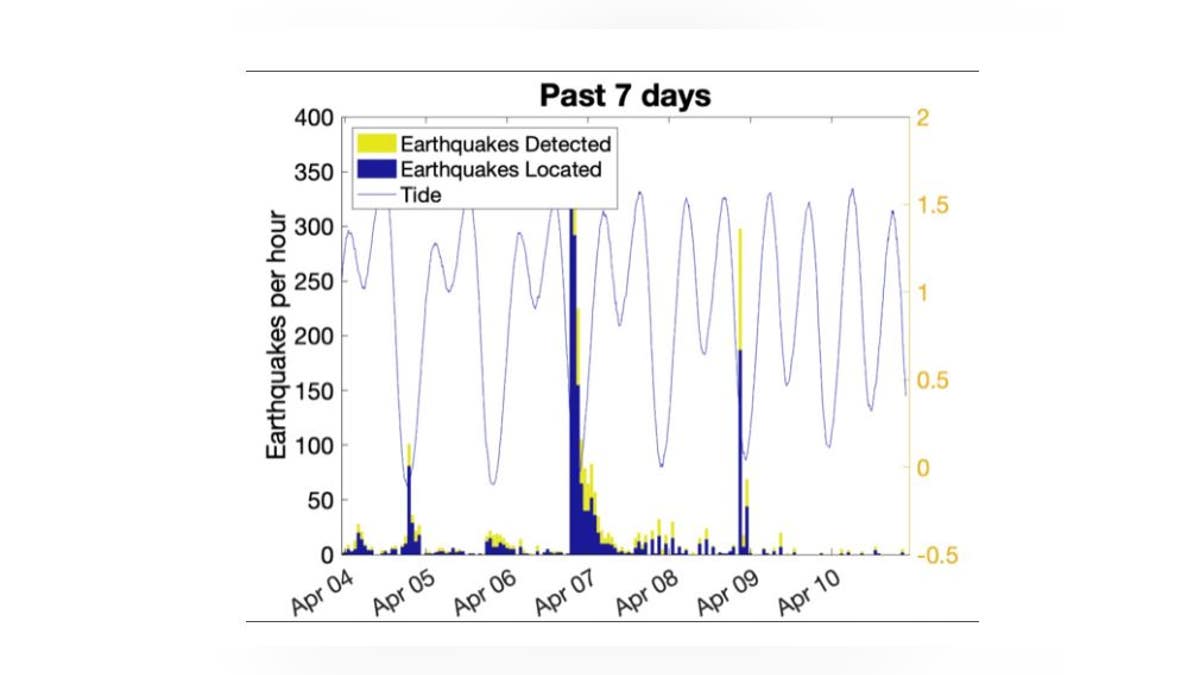Spectacular blue spiral light from Space X rocket captured on video
[ad_1]
A mysterious spiraling blue light illuminated the night skies over Europe on Monday.
The cosmic whirlpool was captured in stunning video and appears to have been created by the SpaceX Falcon 9 rocket booster falling back toward Earth, according to experts.
Time-lapse video taken from Croatia at around 4 p.m. EST, or 9 p.m. local time, shows the glowing light spinning across the sky in what many social media commentators likened to a spiral galaxy. The full video at normal speed lasts for about six minutes.
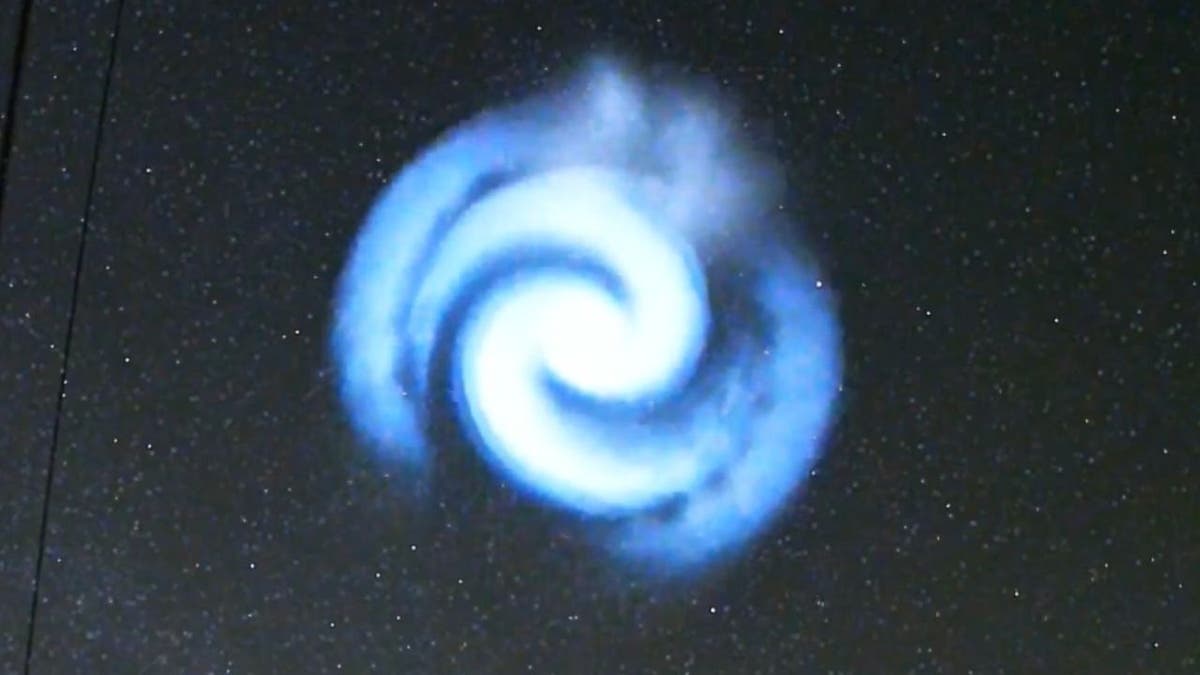
Many social media commenters likened the stunning display to a spiral galaxy (MedicaChristian/TMX)
ELON MUSK CONGRATULATES SPACEX, NASA FOR ‘EXCELLENT WORK’ RESCUING STRANDED ASTRONAUTS
The Met Office in the U.K. said it had received many reports of an “illuminated swirl in the sky” and said it was likely caused by the Space X rocket which launched from Cape Canaveral in Florida at around 1:50 p.m. EST as part of the government’s classified NROL-69 mission. The Elon Musk-owned SpaceX was launching a payload on behalf of the National Reconnaissance Office (NRO), the government’s intelligence and surveillance agency.
“This is likely to be caused by the SpaceX Falcon 9 rocket, launched earlier today,” the Met Office wrote on X. “The rocket’s frozen exhaust plume appears to be spinning in the atmosphere and reflecting the sunlight, causing it to appear as a spiral in the sky.”
The glowing light is an example of what some people call a “SpaceX spiral,” according to Space.com.
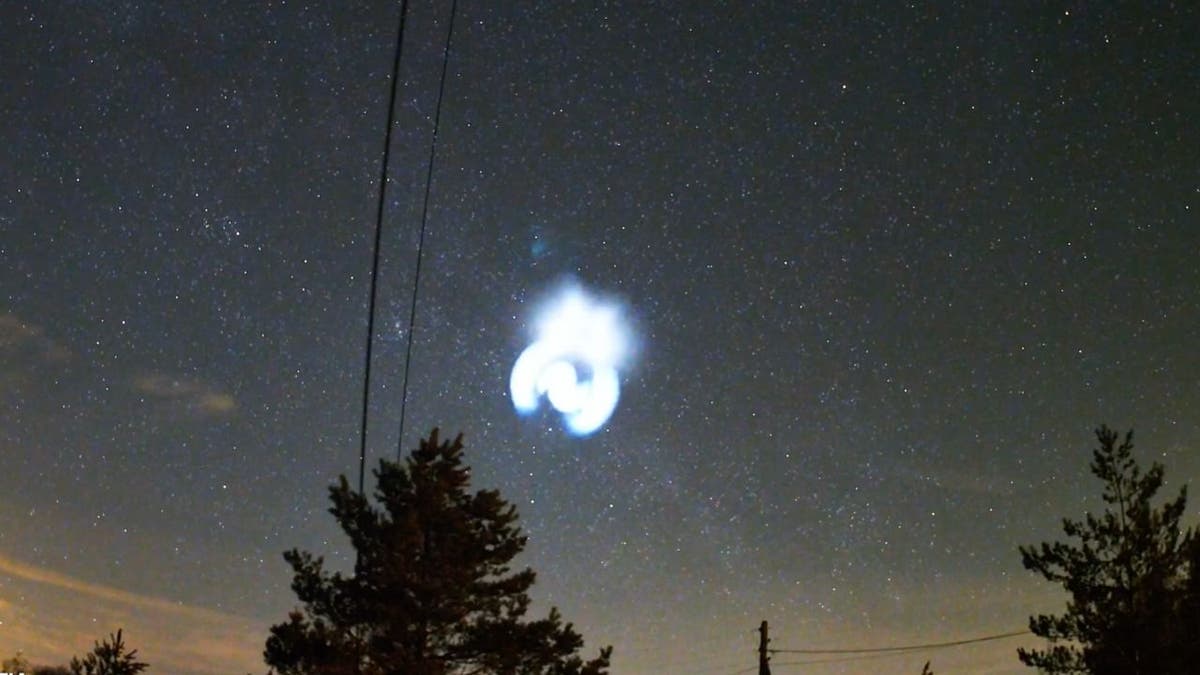
A mysterious spiraling blue light likely caused by the SpaceX Falcon 9 rocket illuminated the night skies over Europe on Monday. (MedicaChristian/TMX)
SpaceX spirals develop after the upper stage of a Falcon 9 rocket separates from its first-stage booster. As the upper stage continues towards space, the lower stage falls, spiraling back to Earth, dumping what remains of its fuel.
The fuel then freezes instantly due to its high altitude and light then reflects on it, creating the strange-looking glow in the sky, per the outlet.

A SpaceX Falcon 9 rocket blasts off from the launch pad at NASA’s Kennedy Space Center in Cape Canaveral, Florida on March 14, 2025. (SpaceX/NASA)
CLICK HERE TO GET THE FOX NEWS APP
Fox News Digital reached out to SpaceX for comment but did not immediately receive a response.
Monday’s cosmic display came just days after a SpaceX team working with NASA returned two stranded astronauts from space.
[ad_2]
Source link


